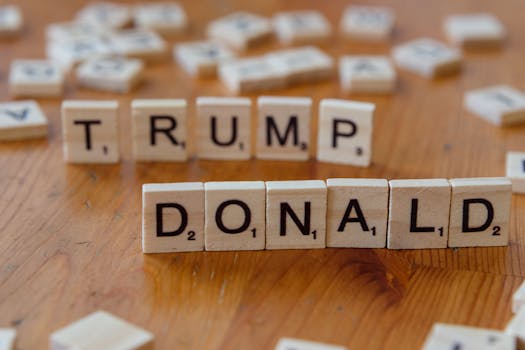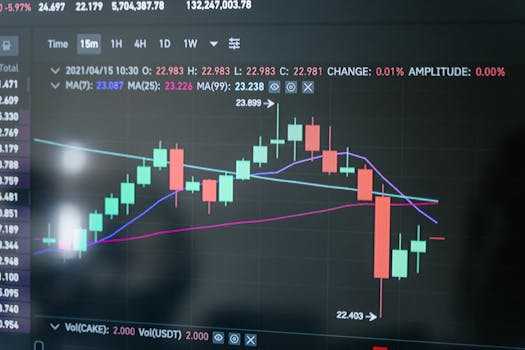
**
Trump's Call for US iPhone Manufacturing: A Renewed Focus on Domestic Production
The idea of the United States once again manufacturing iPhones – a symbol of global technological prowess – has resurfaced, fueled by former President Donald Trump's repeated calls for reshoring manufacturing. Trump's consistent push for bringing manufacturing jobs back to America, particularly in the tech sector, highlights a growing concern about the nation's reliance on foreign production and the potential economic and national security implications. While the ambition of a fully US-made iPhone remains a significant challenge, it sparks a compelling comparison with India's strategic efforts to become a global manufacturing hub, especially within the electronics sector. This article delves into Trump's vision, the complexities involved, and how India’s approach offers valuable lessons and potential pathways for the US.
The Allure of "Made in America": Economic and Geopolitical Considerations
Trump's emphasis on bringing iPhone production to the US wasn't merely a populist slogan; it reflected broader economic and geopolitical strategies. The arguments often cited include:
- Job Creation: Shifting iPhone assembly to the US would potentially create thousands of high-skilled and low-skilled jobs, boosting employment figures and stimulating local economies.
- Reduced Trade Deficit: Currently, the US imports a massive number of electronics, contributing to a significant trade deficit. Domestic iPhone production could help alleviate this imbalance.
- National Security: Reliance on a single country (primarily China) for crucial technological components raises concerns about supply chain vulnerabilities and potential geopolitical leverage. Bringing production home enhances national security.
- Intellectual Property Protection: Domestic production offers greater control over intellectual property rights and reduces the risk of technological theft.
However, the reality is far more nuanced. The intricacies of manufacturing iPhones, including the complex supply chain involving numerous global suppliers and specialized components, present a monumental undertaking.
India's Manufacturing Push: A Case Study in Strategic Development
India, under Prime Minister Narendra Modi's "Make in India" initiative, has emerged as a strong contender in the global manufacturing arena. This ambitious program aims to transform India into a global manufacturing powerhouse, attracting substantial foreign investment and developing domestic capabilities. Several factors contribute to India's success:
- Government Incentives: The Indian government offers substantial financial incentives, tax breaks, and streamlined regulatory processes to lure companies to set up manufacturing facilities within the country. These initiatives directly target sectors like electronics manufacturing.
- Growing Domestic Market: India's burgeoning middle class provides a vast and growing domestic market for electronics, making it an attractive location for manufacturers to reach a substantial consumer base.
- Skilled Labor Pool: While challenges remain, India possesses a large and relatively young, skilled workforce, providing a significant advantage for companies considering manufacturing operations there.
- Infrastructure Improvements: Although significant infrastructural gaps still exist, the Indian government has undertaken major investments in improving transportation, power, and communication networks to facilitate manufacturing growth.
Challenges for Both the US and India
Despite their ambitious goals, both the US and India face challenges:
- High Labor Costs: The US's significantly higher labor costs compared to China and other manufacturing hubs present a major hurdle to attracting manufacturers.
- Supply Chain Complexity: Establishing a complete and robust domestic supply chain for iPhones, involving hundreds of components from numerous global suppliers, is a Herculean task.
- Infrastructure Deficiencies: While India is investing heavily, addressing infrastructural limitations remains crucial for efficient manufacturing operations.
- Skilled Labor Shortages: Though India has a large workforce, ensuring sufficient skilled labor for sophisticated manufacturing processes requires focused investment in education and training.
- Geopolitical Considerations: Both countries face geopolitical pressures and competition from other aspiring manufacturing powerhouses.
Lessons Learned and Future Outlook
India’s "Make in India" initiative offers valuable insights for the US. Strategic government incentives, focused investment in infrastructure and education, and leveraging a growing domestic market are key components of a successful manufacturing strategy. While a complete replication of the Indian model may not be feasible in the US context, the underlying principles—targeted support for strategic sectors, investment in human capital, and addressing infrastructural limitations—are critical for attracting manufacturing back to American shores.
The prospect of fully "Made in America" iPhones remains a long-term goal, laden with considerable challenges. However, by learning from India's experience and implementing targeted policies, the US could make significant strides towards reshoring crucial aspects of its technology manufacturing sector. The debate extends beyond iPhones and encompasses the broader future of American manufacturing in the global economy. This necessitates a comprehensive approach addressing labor costs, supply chain resilience, and long-term strategic investment in education and infrastructure. Only then can the dream of a truly competitive and self-sufficient US manufacturing sector become a reality.




















